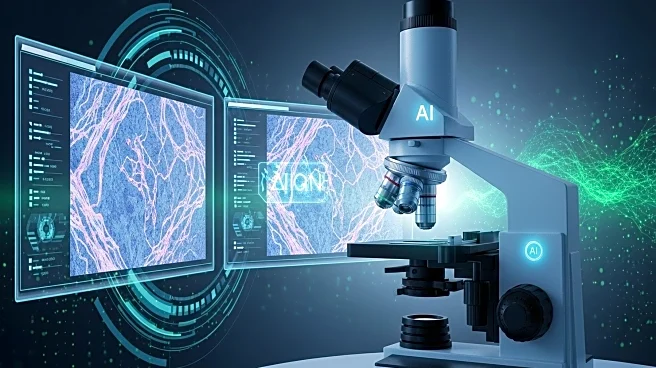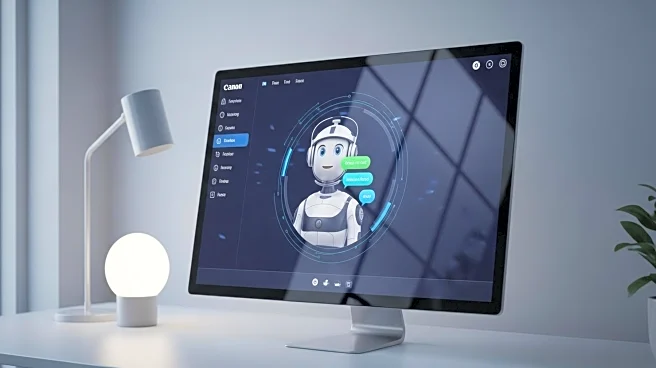What's Happening?
A recent study has explored the occurrence of intradialytic hypotension (IDH) in children undergoing continuous renal replacement therapy (CRRT) and its impact on clinical outcomes. Conducted as a single-center retrospective observational study, the research involved 59 pediatric patients who underwent CRRT between September 2016 and October 2018. The study defined IDH as a sustained decrease of more than 20% in mean arterial pressure (MAP) from baseline for at least two consecutive minutes. Researchers calculated the IDH burden by dividing the number of connections with IDH by the total observed connections. The primary outcome measured was major adverse kidney events at 30 days (MAKE30). Using K-means clustering, the study identified two distinct MAP trajectory-based phenotypes, which showed differing incidences of MAKE30. The findings suggest that IDH within the first hour of CRRT connection is associated with poor outcomes, and time-series clustering could enhance understanding of CRRT's impact on children.
Why It's Important?
The study's findings are significant as they highlight the potential risks associated with CRRT in pediatric patients, particularly the occurrence of IDH and its correlation with adverse kidney events. Understanding these hemodynamic phenotypes can lead to improved monitoring and management strategies, potentially reducing the incidence of MAKE30 and improving patient outcomes. This research could influence clinical practices by encouraging the use of unsupervised learning techniques to better predict and manage complications during CRRT. The insights gained from this study may also contribute to the development of personalized treatment plans for children undergoing CRRT, thereby enhancing the quality of care and reducing mortality rates associated with fluid overload and other complications.
What's Next?
Future research may focus on validating these findings across multiple centers and larger patient populations to confirm the identified phenotypes and their impact on clinical outcomes. Additionally, there may be efforts to integrate these insights into clinical guidelines and protocols for CRRT in pediatric patients. Healthcare providers might explore the use of advanced monitoring technologies and machine learning algorithms to predict IDH and other complications in real-time, allowing for timely interventions. Collaboration between researchers, clinicians, and healthcare institutions could lead to the development of standardized practices that incorporate these findings, ultimately improving the safety and efficacy of CRRT in children.
Beyond the Headlines
The study opens up discussions on the ethical considerations of using machine learning and unsupervised learning techniques in clinical settings, particularly in pediatric care. It raises questions about data privacy, consent, and the potential for algorithmic bias in healthcare. Furthermore, the research underscores the importance of interdisciplinary collaboration in advancing medical knowledge and improving patient care. As healthcare systems increasingly rely on data-driven approaches, there is a need to balance technological advancements with ethical and human-centered considerations.











